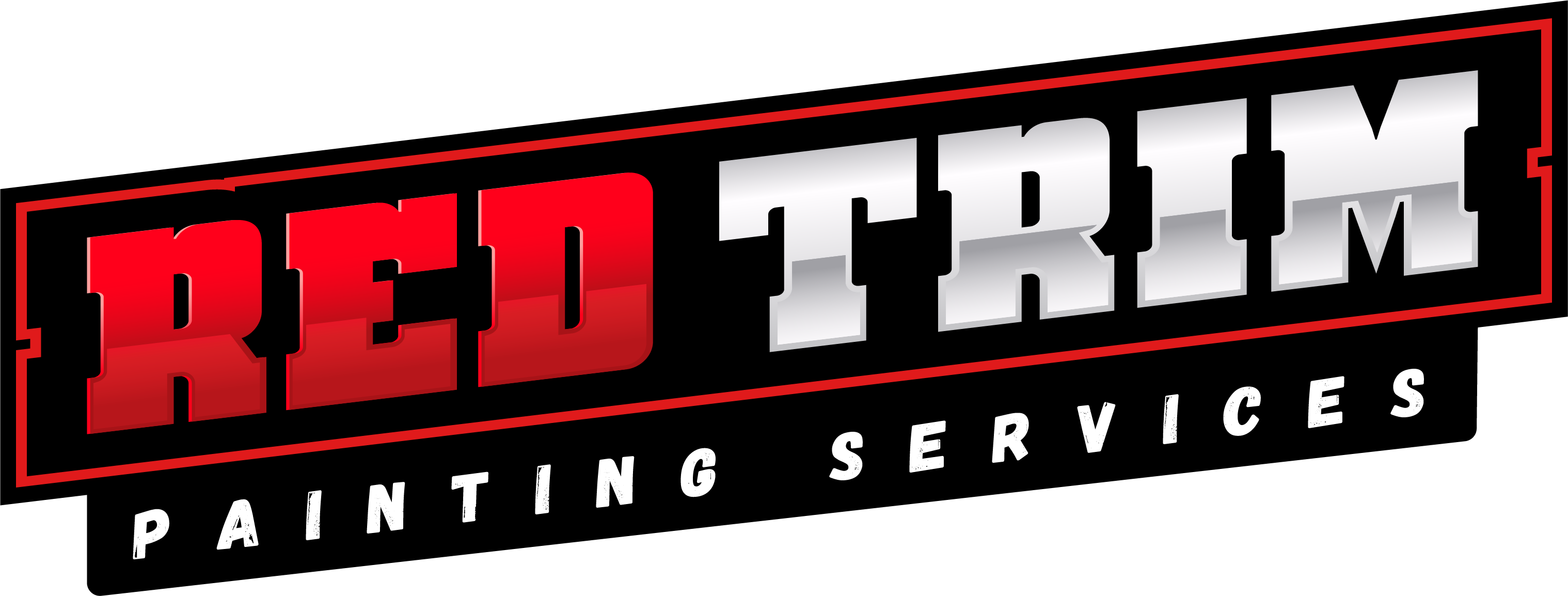Professional interior painting can transform the look and feel of your home, providing a fresh, updated appearance while protecting your walls. However, deciding on the best approach for your interior painting project involves several considerations, from choosing between DIY and hiring a professional to selecting the right type of paint and color scheme. This guide will help you navigate the decision-making process to ensure the best outcome for your interior painting project.
DIY vs. Hiring a Professional
One of the first decisions you’ll face is whether to tackle the painting project yourself or hire a professional. Fortunately, our friends at Colorado Painting have provided us with a list of pros and cons of DIY vs. professional painting.
DIY Painting
Pros:
- Cost Savings: Doing it yourself can save money on labor costs, which can be significant depending on the size of the project.
- Flexibility: You can work at your own pace, allowing you to fit the project into your schedule.
- Personal Satisfaction: Completing a DIY project can be rewarding and give you a sense of accomplishment.
Cons:
- Time-Consuming: Painting can be time-consuming, especially if you’re not experienced. Prep work, painting, and cleanup all take time.
- Skill Level: Achieving a professional finish requires skill. Inexperience can lead to mistakes like uneven coats, drips, and missed spots.
- Tools and Equipment: Proper painting requires specific tools and equipment, which you may need to purchase or rent.
Hiring a Professional
Pros:
- Quality and Efficiency: Professionals have the experience and tools to deliver a high-quality finish efficiently.
- Time-Saving: A professional team can complete the job faster than most DIYers.
- Expertise: Professionals can provide valuable advice on paint selection, color choices, and techniques.
Cons:
- Cost: Hiring a professional can be more expensive than doing it yourself.
- Scheduling: You’ll need to coordinate with the painter’s schedule, which may not always align with your preferred timeline.
Choosing the Right Paint
Selecting the right paint is crucial for the success of your project. Here are some factors to consider:
Types of Paint
- Latex (Water-Based) Paint:
- Advantages: Dries quickly, easy to clean with soap and water, less odor, and environmentally friendly.
- Disadvantages: Less durable in high-traffic areas compared to oil-based paint.
- Oil-Based Paint:
- Advantages: Durable and smooth finish, excellent for high-traffic areas and trim work.
- Disadvantages: Longer drying time, requires solvents for cleanup, stronger odor, and less environmentally friendly.
Finishes
- Flat/Matte:
- Advantages: Hides imperfections well, provides a smooth, non-reflective finish.
- Disadvantages: Less durable, harder to clean.
- Eggshell:
- Advantages: Slightly more durable than flat, low sheen, good for low-traffic areas.
- Disadvantages: Can still be difficult to clean if heavily soiled.
- Satin:
- Advantages: Durable, easy to clean, subtle sheen, good for moderate-traffic areas.
- Disadvantages: Can show brush strokes and touch-ups.
- Semi-Gloss:
- Advantages: Highly durable, easy to clean, good for high-traffic areas and trim.
- Disadvantages: Reflective, can highlight wall imperfections.
- High-Gloss:
- Advantages: Most durable and washable, very reflective.
- Disadvantages: Shows imperfections clearly, less common for large wall areas.
Selecting Colors
Color selection is one of the most critical aspects of your painting project. Colors affect the mood, perception of space, and overall aesthetic of your home.
Tips for Choosing Colors
- Consider the Room’s Purpose: Think about the function of the room. For example, bedrooms benefit from calming colors, while living rooms can handle bolder shades.
- Lighting: Natural and artificial lighting can affect how colors appear. Test paint samples in different lighting conditions.
- Coordinate with Existing Décor: Ensure your color choices complement your furniture, flooring, and other elements in the room.
- Use Color Theory: Understand basic color theory to create harmonious color schemes. Complementary colors (opposite on the color wheel) can make a room pop, while analogous colors (next to each other on the color wheel) provide a more serene look.
- Consider the Home’s Overall Aesthetic: Maintain a cohesive color scheme throughout your home to create a harmonious flow between rooms.
Preparing for Painting
Preparation is key to achieving a professional finish. Whether you’re doing it yourself or hiring a professional, proper prep work can make a significant difference.
Steps for Proper Preparation
- Clear the Area: Remove furniture, decorations, and fixtures from the room or cover them with drop cloths.
- Clean the Walls: Wash the walls to remove dust, grease, and grime. This ensures the paint adheres properly.
- Repair Damages: Fill holes, cracks, and imperfections with spackle or filler. Sand the areas smooth once dry.
- Tape and Protect: Use painter’s tape to protect trim, windows, and other areas you don’t want painted. Cover the floor with drop cloths.
- Prime the Walls: Applying a primer can help the paint adhere better, especially if you’re painting over a dark color or a glossy surface.
The Painting Process
The actual painting process involves several steps to ensure a smooth and even application.
- Cutting In: Start by “cutting in” around the edges of the walls, including the ceiling line, corners, and trim. Use a brush for this task.
- Rolling: Use a roller to apply paint to the larger wall areas. Roll in a “W” or “M” pattern to ensure even coverage and avoid streaks.
- Multiple Coats: Most projects require at least two coats of paint. Allow the first coat to dry completely before applying the second.
- Touch-Ups: After the final coat dries, inspect the walls for any missed spots or imperfections and touch them up as needed.
Aftercare and Maintenance
Proper aftercare will help maintain the fresh look of your newly painted walls.
- Cleaning: Regularly dust and clean the walls to prevent dirt buildup. Use a damp cloth or sponge with mild soap for spot cleaning.
- Touch-Ups: Keep some leftover paint for future touch-ups. Match the paint color and finish as closely as possible.
- Protecting the Finish: Avoid hanging heavy items or using abrasive cleaners that could damage the paint.
Cost Considerations
The cost of an interior painting project can vary widely depending on several factors:
- Size of the Area: Larger areas will require more paint and labor, increasing the cost.
- Quality of Paint: Higher quality paints can be more expensive but often provide better coverage and durability.
- Complexity of the Job: Detailed work, such as painting trim or intricate designs, can increase labor costs.
- Preparation Work: Extensive prep work, including repairs and priming, can add to the overall cost.
- Labor Rates: Professional painters charge different rates depending on their experience, reputation, and location.
Conclusion
Choosing the best approach for your professional interior painting project involves careful consideration of various factors, including whether to DIY or hire a professional, selecting the right type of paint and color, and properly preparing and maintaining the painted surfaces. By taking the time to plan and execute your project carefully, you can achieve a beautiful, long-lasting finish that enhances the aesthetic and value of your home. Whether you decide to embark on a DIY adventure or hire experienced professionals, the result can be a transformative upgrade to your living space.





